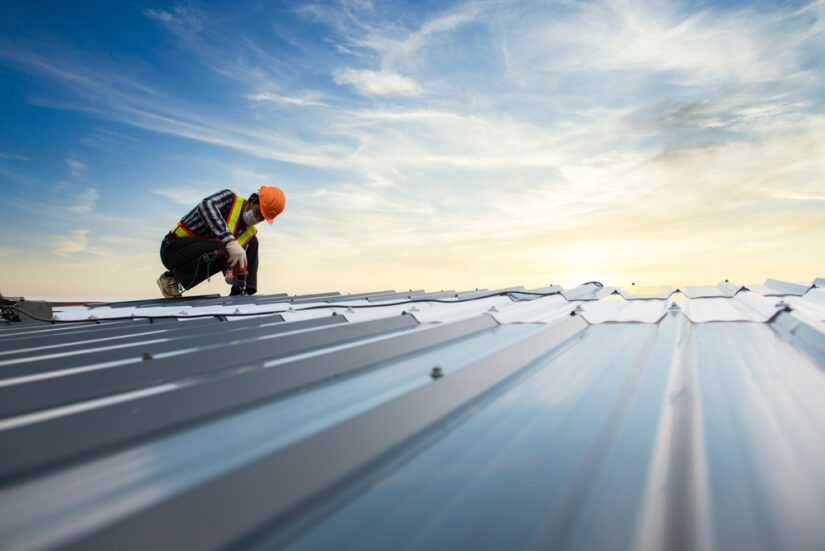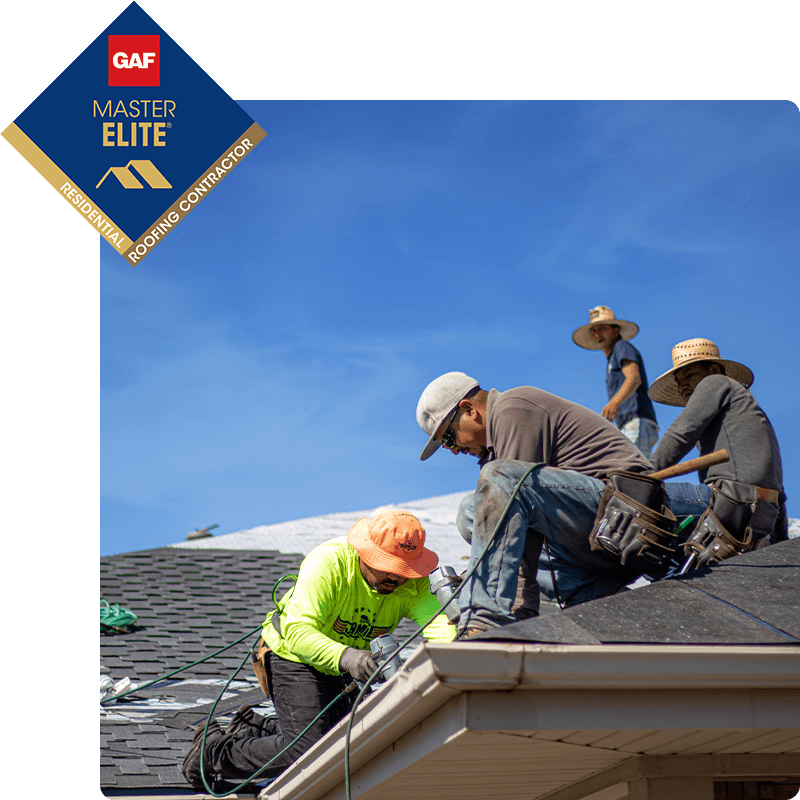Get Professional Cuyahoga Falls Roof Repairs to Extend the Life of Your Roof
Get Professional Cuyahoga Falls Roof Repairs to Extend the Life of Your Roof
Blog Article
A Comprehensive Overview to Effective Roof Covering Flat Roofing Installation
The intricacies of level roof covering installation need a meticulous method, starting with a thorough understanding of numerous flat roof covering types and the important products needed for optimal efficiency. An effective installation pivots not only on the option of materials however additionally on the preparation and execution of each step included in the process. As we explore the critical points from preparation to maintenance, it comes to be apparent that ignoring also small details can substantially influence the roofing's durability and performance. What details methods can make sure a smooth installation that holds up against the test of time?
Understanding Flat Roofing System Types
When thinking about level roofing systems, it is vital to comprehend the different types offered, as each deals unique advantages and downsides tailored to details needs. The most common sorts of level roof coverings include Built-Up Roof covering (BUR), Customized Bitumen, and Single-Ply membranes.
Built-Up Roofing includes multiple layers of asphalt and crushed rock, supplying excellent durability and weather condition resistance. It is particularly valuable in locations vulnerable to serious weather yet may need even more maintenance because of its intricate building and construction.
Customized Bitumen is a preferred choice for its simplicity of setup and adaptability. It frequently employs a self-adhesive or torch-applied method, which can be helpful for quick fixings and long-term performance. Its lifespan can be much shorter contrasted to BUR.
Single-Ply membrane layers, consisting of Thermoplastic Olefin (TPO) and Ethylene Propylene Diene Monomer (EPDM), are identified for their lightweight nature and power efficiency. These products are typically preferred for industrial buildings because of their cost-effectiveness and convenience of installation (Cleveland Roofing Specialists). They might not supply the same level of insulation as various other options.
Each roofing type calls for mindful consideration based on environment, budget, and certain job requirements.
Essential Products for Apartment Roof
A range of necessary materials are important for the successful setup of flat roof. The choice of materials straight impacts sturdiness, efficiency, and general effectiveness.
Among the primary materials is the roofing membrane, which can be created from various compounds such as polycarbonate polyolefin (TPO), ethylene propylene diene monomer (EPDM), or PVC. Each kind supplies one-of-a-kind benefits, consisting of UV resistance and adaptability, which are vital for extended efficiency.
Along with the membrane layer, insulation products play a considerable role in power efficiency. Stiff foam boards or polyisocyanurate insulation are prominent options, as they supply superb thermal resistance and dampness administration.
Additionally, roofing adhesives and sealers are important for ensuring a watertight setup. These products must be compatible with the picked membrane to avoid wear and tear gradually.
Getting Ready For Installment
Correct preparation is crucial for an effective flat roof covering setup, as it lays the foundation for a resilient and effective roof system. Begin by conducting a detailed inspection of the existing roofing structure.
Following, collect all required devices and products, guaranteeing that they meet industry criteria. This includes waterproof membrane layers, insulation, flashing, and bolts. Familiarize on your own with the manufacturer's specifications, as adherence to these standards is crucial for guarantee purposes.
In addition, guarantee that the work location is clear of particles and blockages to assist in efficient and secure installment. Take into consideration climate condition; stay clear of setup throughout heavy rainfall or extreme temperatures, which can impact material efficiency. Inform any kind of occupants of the building regarding the forthcoming job to make certain safety and lessen disruptions. By taking these primary actions, you can boost the chance of an effective flat roof covering installation that meets both aesthetic and architectural demands.
Step-by-Step Installation Process
With the foundation developed with extensive prep work, the following stage includes implementing the flat roofing installation systematically. Begin by ensuring that the structural deck is complimentary and tidy from debris. Next off, set up a vapor barrier to stop dampness buildup under the roof material. This action is essential for keeping the roofing's integrity with time.
Following more tips here the vapor barrier installation, set insulation boards, guaranteeing they fit firmly with each other to decrease thermal linking. Safeguard the insulation with suitable bolts based upon the roofing kind and neighborhood building ordinance. Once the insulation is in area, it's time to apply the roofing membrane. Depending upon the selected product-- such as TPO, EPDM, or changed asphalts-- install the membrane according to the manufacturer's specifications.
Make certain correct overlap at edges and seams to produce a leak-proof seal. Use adhesives, mechanical fasteners, or warmth welding as needed. Finally, install flashing around perimeters, vents, and any roofing infiltrations to enhance waterproofing. After installation, perform a thorough examination to determine any kind of possible issues prior to ending the project, making sure a reputable and robust level roofing system.
Upkeep Tips for Durability
Normal maintenance is vital to guarantee the durability and performance of a flat roofing system. One of the key tasks look at this web-site is to conduct routine evaluations at the very least twice a year, ideally in spring and fall. Throughout these inspections, look for indications of wear, such as sores, splits, or merging water, which can show underlying problems.

Guaranteeing proper drainage is essential to stop water build-up. Examine and clear rain gutters, downspouts, and scuppers to assure unblocked water circulation. Additionally, examine seals around vents, skylights, and other penetrations for any type of indications of damage, applying caulk or sealant as needed to keep a watertight obstacle.
Lastly, consider professional maintenance services every few years for extensive inspections and repairs. By sticking to these maintenance pointers, you can dramatically extend the life of your flat roofing system, guaranteeing it stays a reliable guard against the aspects.
Conclusion
Effective level roof installment necessitates a systematic technique encompassing comprehensive evaluations, material option, and meticulous prep work. Sticking to the outlined steps throughout the installation process makes sure the proper application of roof membranes and insulation while improving waterproofing through reliable blinking setup. Additionally, applying routine maintenance techniques significantly adds to the long life of the roof covering system. By adhering to these standards, a reputable and sturdy flat roof covering service can be attained, with the ability of holding up against numerous environmental conditions.
The ins and outs of flat roofing system installment demand a careful approach, beginning with a thorough understanding of different flat roof covering types and the important products needed for optimum efficiency.Correct prep work is necessary for an effective level roofing setup, as it lays the groundwork for a resilient and effective roof system. After installment, conduct a detailed inspection to identify any type of possible problems before wrapping up the project, making sure a durable and trustworthy flat roof system.

Report this page